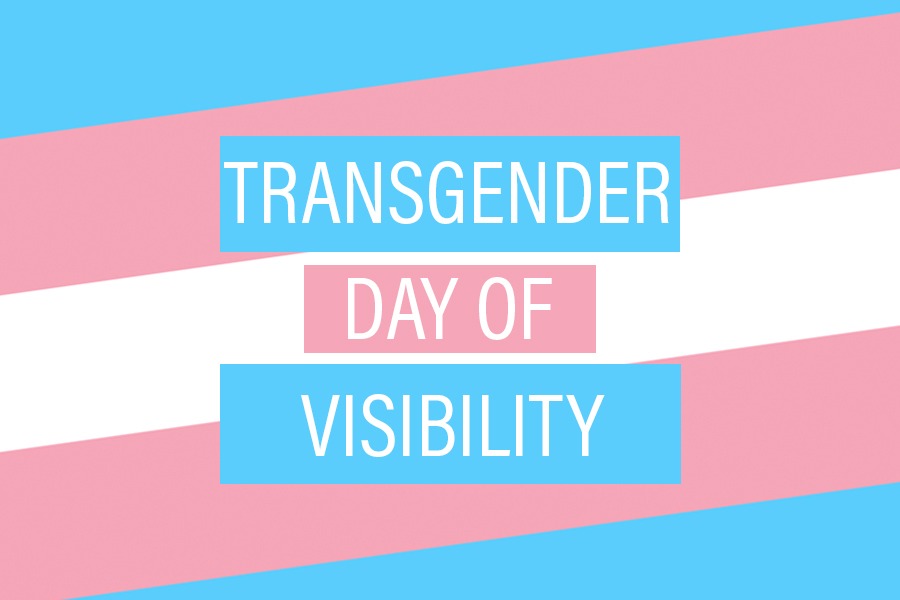
by Joe Corallo | Mar 31, 2022 | Blog
March 31st marks the 14th annual International Transgender Day of Visibility. Founded by Michigan based trans activist Rachel Crandall-Crocker, Transgender Day of Visibility serves as a day of celebration to give transgender people proper recognition. LGBT...
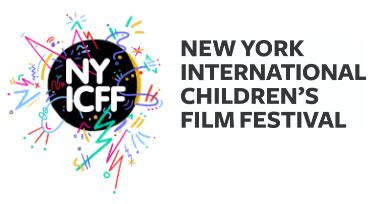
by Michele Kirichanskaya | Mar 30, 2022 | Blog
A while back yours truly had the opportunity to attend the 25th annual New York International Children’s Film Festival, a program dedicated to celebrating innovative works of cinema for all-ages audiences from around the world, as press. During that time I saw a...
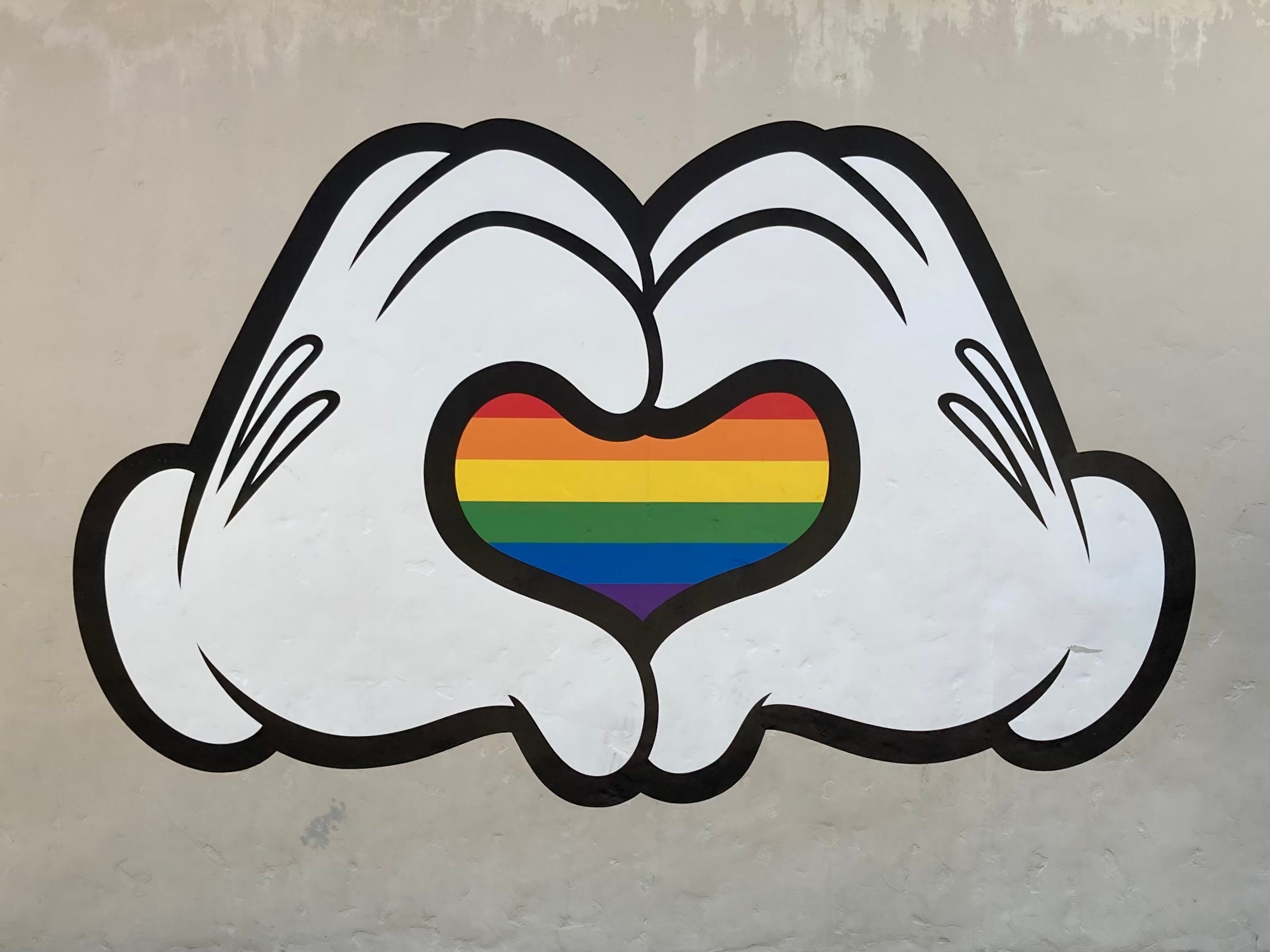
by Kevin Gilligan | Mar 29, 2022 | Podcast
https://geeksoutpodcast.libsyn.com/geeks-out-podcast-disney-gay-for-pay After a little break, the Geeks OUT Podcast returns with Kevin and Jon Shutt, as they discuss Jamie Lee Curtis officiating her trans daughter’s wedding in cosplay, the trailers for Roar and...
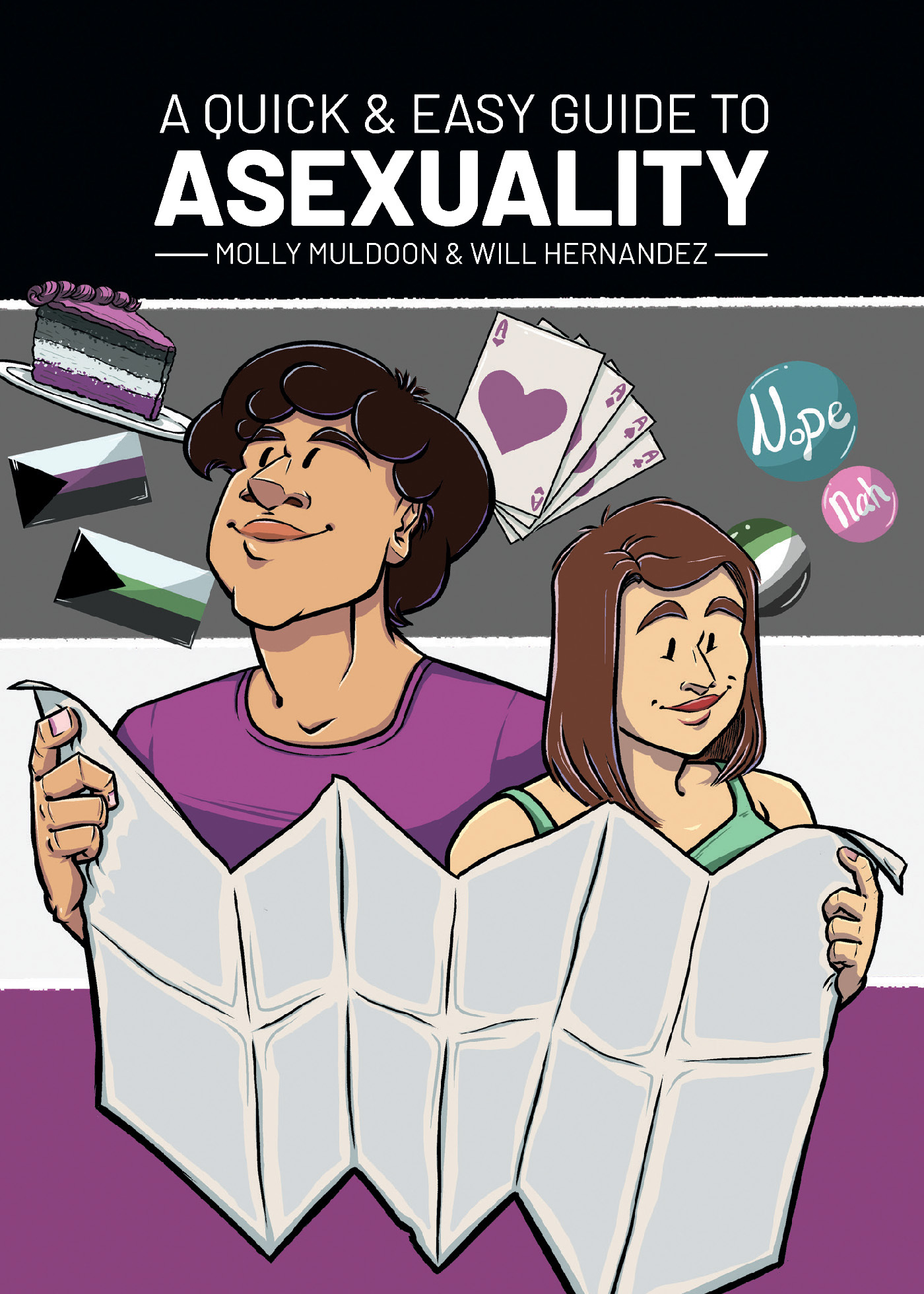
by Michele Kirichanskaya | Mar 25, 2022 | Blog
Molly Muldoon is a former scholar and bookseller, current librarian and writer, and always demisexual fan fiction enthusiast. Her works include The Cardboard Kingdom, Dead Weight: Murder at Camp Bloom, and the forthcoming The Cardboard Kingdom: Roar of the Beast....
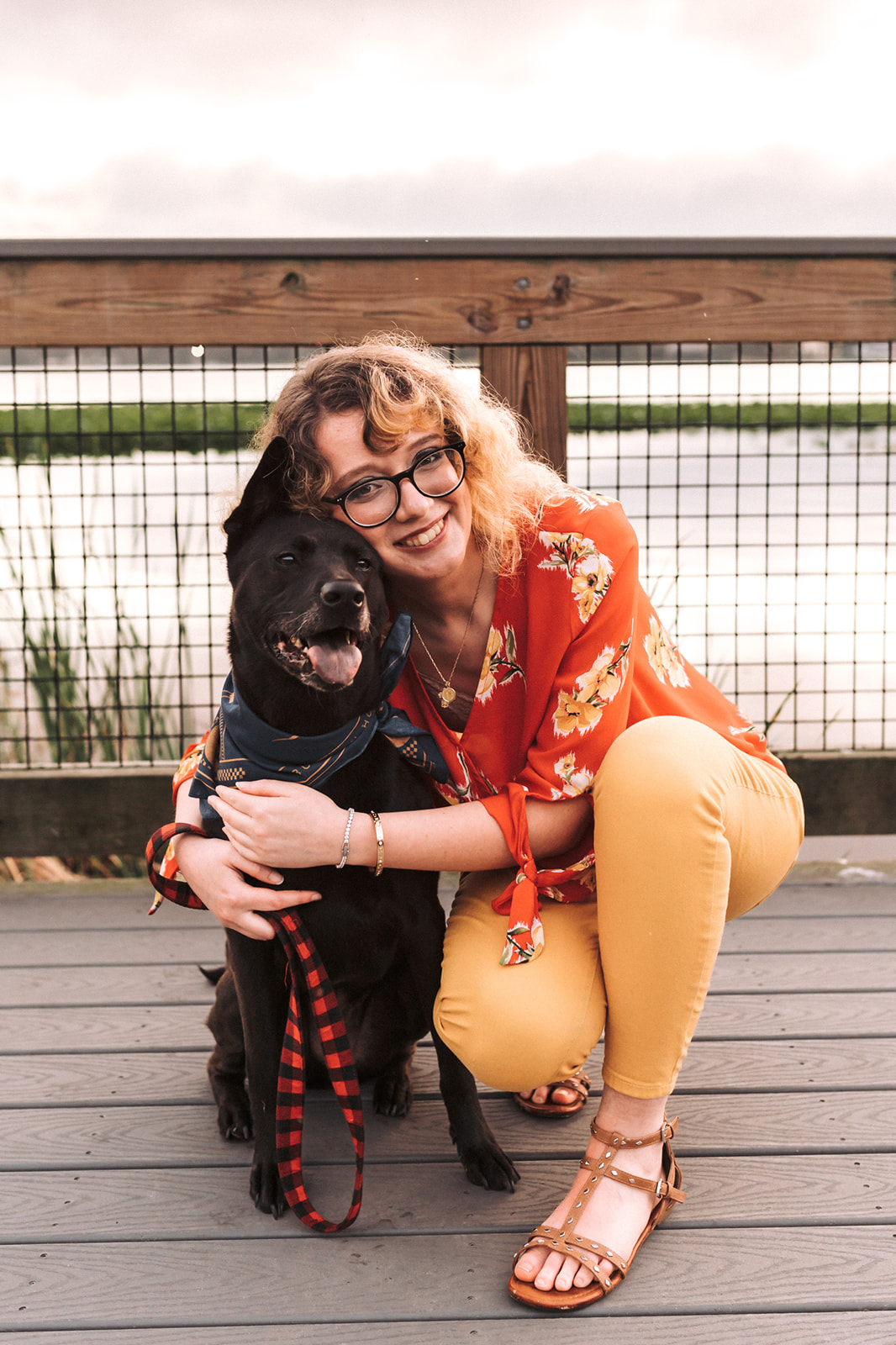
by Michele Kirichanskaya | Mar 23, 2022 | Blog
Amanda DeWitt is an author and librarian, ensuring that she spends as much time around books as possible. She also enjoys Star Wars, Dungeons & Dragon-ing, and also writing, just not whatever it is she really should be writing. She graduated from the University of...






